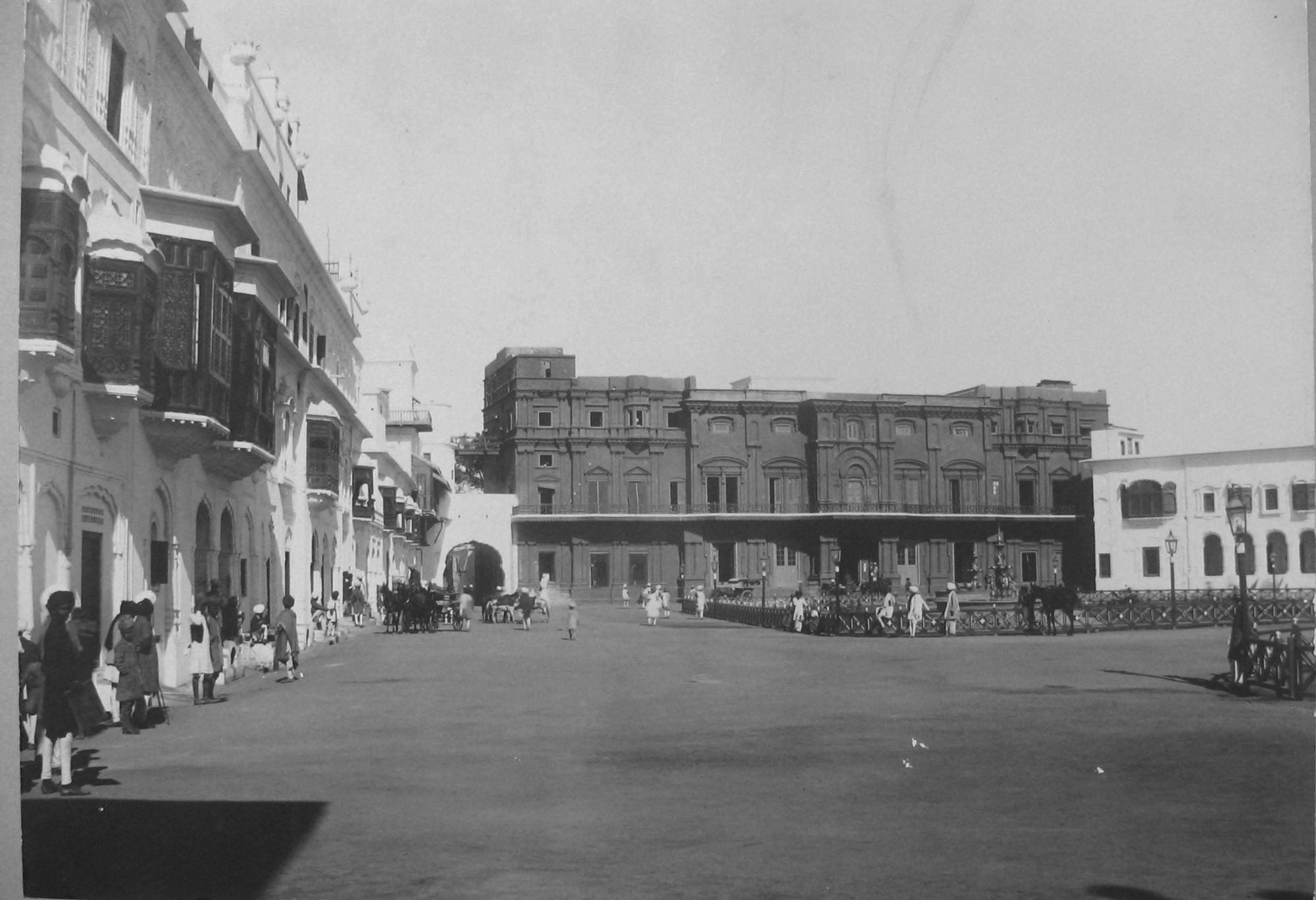Umar Mukhtar in Jammu found that tens of thousands of Kashmiris had already migrated in anticipation of the yearly durbar move

On September 24, maneuvering the hairpin bends on the bumpy Srinagar Jammu national highway, I reached Jammu city after a seven hour tiring drive. En-route, many light motor vehicles sandwiched between the thin movements of trucks, carrying fruit was the spectacle the highway was offering. The work on the four-laning project that started many years back has halted traffic at many places between Banihal and Ramban strip, resulting in the jams.
Normally, September is hot and humid in Jammu province. Kashmiris are not usually used to hot-humid weather. So, hardly except a few Kashmiri employees stationed there can be seen roaming around.
But, this time it was unexpectedly different. There were a lot of Kashmiris in Jammu. This rush is usually seen in November. The seasonal migration of the Kashmiris to Jammu usually follows the durbar move – the yearly movement of the government offices for a six month stint. A section of the population migrates to avid the harsh Kashmir winter.
Since Jammu has been the winter capital of the state ever since Jammu and Kashmir came into being, in wake of Treaty of Amritsar in 1846, people have been moving quite frequently for work, business or even studies. A section of them have, over the years, built their own homes where they spend their winters with their elderly parents. Those, who do not afford constructing their own houses, live in the rented accommodations. The fact is the seasonal migration of the affluent Kashmir class to Jammu is a big economy in itself.
The host population – mostly in shock, understand the early migration. “If in valley, there would not have such circumstances, the early migration would not have been possible,” said a shopkeeper in KachiCahwni. “Kashmir is abnormal again.”
But who are these early birds? The education sector that is completely shut for the past two months in Kashmir is consuming prime time of the students. So many parents whose wards have to appear in the NEET and other competitive exams have decided to shift to Jammu. So in the KachiCahwni area, the coaching hub, many Kashmiri students can be seen there. In absence of internet and communication, apart from students, many other business establishments have shifted their operations from Kashmir to Jammu.
The normal routine was till the Durbar Move, Jummuties could be seen in Srinagar. But the circumstances have hit the balance.
“We are caught in very unfortunate circumstances on all the sides, I am no way happy to leave my home and work from here in such hot weather. Shifting the business base has costs and we have to bear it resulting in reduced margins,” said a tour and travel business dealer who wished anonymity. “The ban on the communication and internet seems to be deliberate in order to crush our economy. Else, I do not see providing phone and internet facility would bring any harm to state.”
Umar Amin, who was staying in the same locality, has travelled to Jammu just to register his NET form. “Apart from the due fees, I had to spend around Rs 3000 on my boarding and lodging just to fill my NET form. Government has established a venue to fill the forms but that is not reliable. I preferred to come here and fill the form by myself.”
Others are just on one day or two day visit to the city just to check their emails and other urgent digital information like contractors for the e- tendring. Some visit the place just to see if their kids who study there, are all well. Because the communications gag has added to their worries. This development has benefited the hotel industry there.
The hotels in the Jamia Masjid area, usually the preferred place for Kashmiris to stay, are partially busy now. Normally, in the month of September, the hotel owners had little to cater to. “A room usually cost Rs 300 to 400 in this season but due to high demand in this season, we are back to winter rates,” said a hotel attendant.
Gazanfar, a Kashmiri student, who takes his coaching classes in Jammu said, “A random visit to wave mall- a shopping complex, can tell you all about the presence of Kashmiris in Jammu. It is an indicator here. Mostly the mall is frequented by the Kashmiris.”
The migration and Kashmir clampdown has flip side also. Trade in Jammu is suffering heavily because their market (read Kashmir) is in trouble. Neither the local fruit mundisare getting any supplies not the major industrial units are able to improve the Kashmir demand. Both the sections of the trade say they have a lot of capital blocked in the trade cycle that was disrupted by the abrogation of Article 370 in the August first week.
Jammu trade is currently in stress. Though the early migration is helping part of the trade to see some activity, the markets are waiting for the durbar to move. Indications suggest the durbar move may be slightly early because the government is planning a major function to mark the roll out of the UT on October 31.















